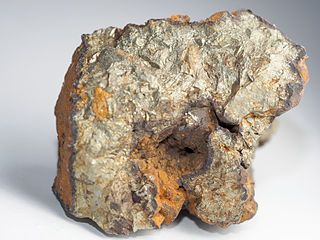From a Guest Blogger: Iron Pyrite Could be Fixed to Harness More Heat

Iron pyrite — a compound built from iron and sulfur atoms – is a suitable candidate for the creation of solar cells. It’s cheap, and able to convert sun power into electricity. The problem, however, is that iron pyrite converts very little energy from the sun.
Thankfully, researchers at the University of Wisconsin-Madison have identified the reasons why iron pyrite yields very little power from the sun. By isolating the problems, the scientists can make improvements on the metal’s efficiency.
The researchers found out that solar cells made out of iron pyrite lacks voltage, which is a vital component in the creation of solar cells. Without voltage, a cell cannot produce any power. What’s surprising is that iron pyrite is a very good material that should be able to create more voltage for its solar to electricity conversion ratio. It turns out that the crust of the iron pyrite isn’t the only part that needs improvement but also the “heart” of the metal. Other problems with iron pyrite that the scientists found have been detailed by news section of the University of Wisconsin-Madison.
Sulzer Ltd., an engineering company with connections in the oil-rich Middle East, asserts that countries worldwide have committed to increase their usage of electricity generated from renewable resources by 2020. If iron pyrite becomes the key in making solar technology more accessible and efficient, ending the energy crisis around the world would be within arm’s reach.
Research centers around the world are constantly trying to find a workaround for the small conversion ratio of electricity from solar facilities. University of New South Wales researchers have created a device using a custom optical bandpass filter that’s able to capture more sunlight. On the other hand, Massachusetts Institute of Technology created a device that uses a high-temperature material whose radiation would be converted by photovoltaic cells to produce more electricity.
